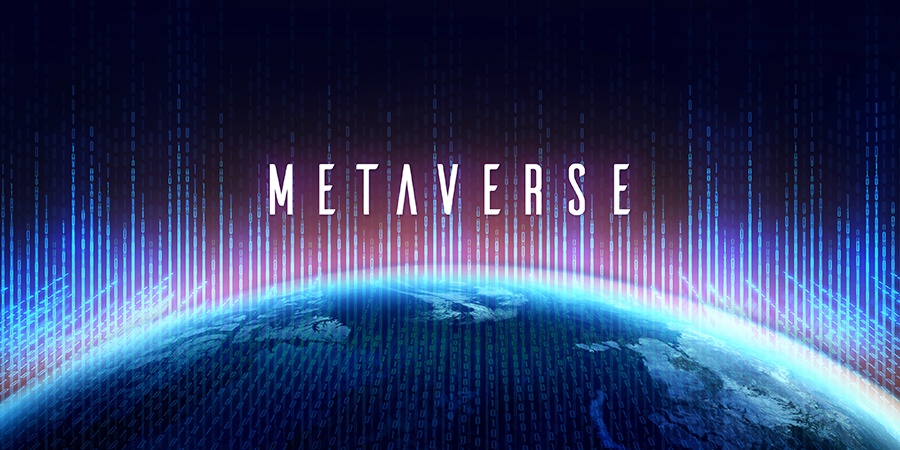It was in the 1992 science fiction novel Snow Crash by author Neal Stephenson that we were first introduced to the term “metaverse,” complete withhuman avatars. And it is here that we first started to visualize how software agents can interact in a three-dimensional virtual space.
Now, the metaverse is becoming a reality, acting as a digital landscape that combines aspects of social media, online gaming, augmented reality (AR), virtual reality (VR) and cryptocurrencies and allows users to interact virtually.
The metaverse is today a virtual world managed by millions of e-transactions generated by huge computers with extended capacity in the cloud.
Though this virtual space has attracted a lot of interest, the crash of cryptocurrencies did slow the hype a bit, as crypto was one of the main successful models of the metaverse.
Indeed, the metaverse will include more remarkable technologies as we go forward, but this will require seamless connectivity – over 6G, for instance – and high cloud capacity. Another challenge is ensuring energy efficiency when operating in this virtual world, especially in light of the lessons learned from crypto servers’ consumption issues.
